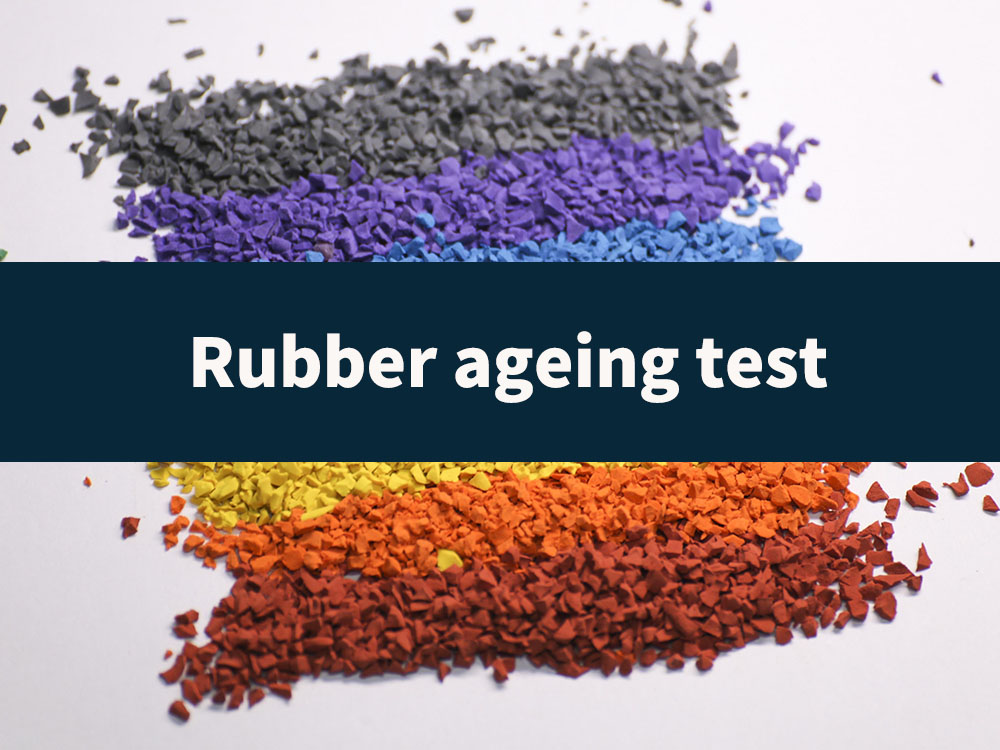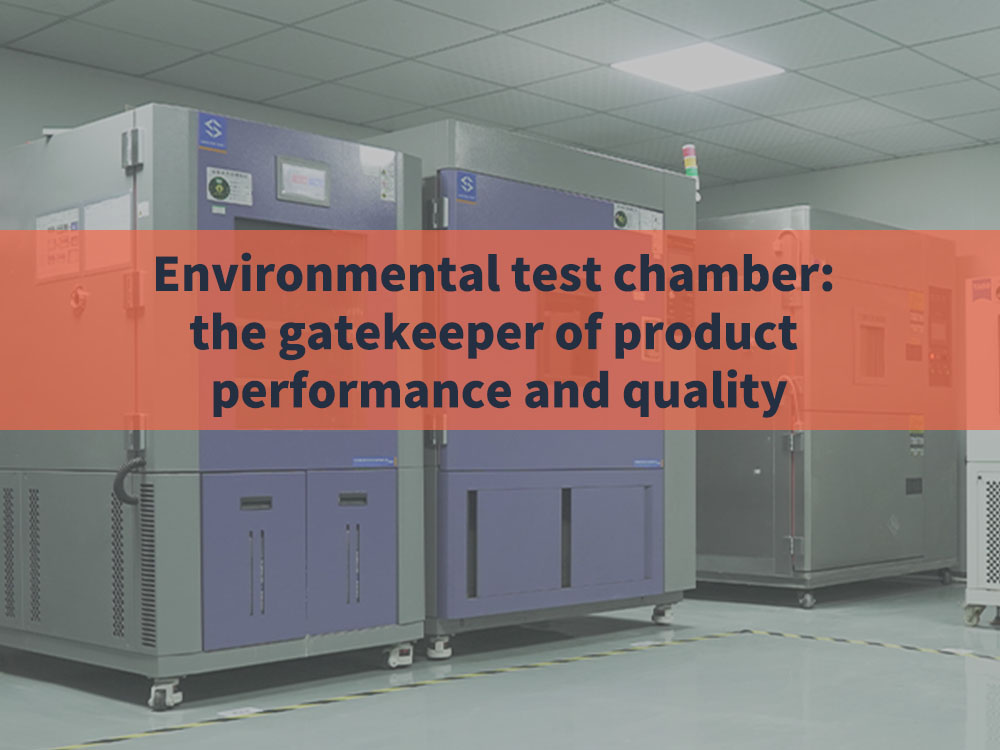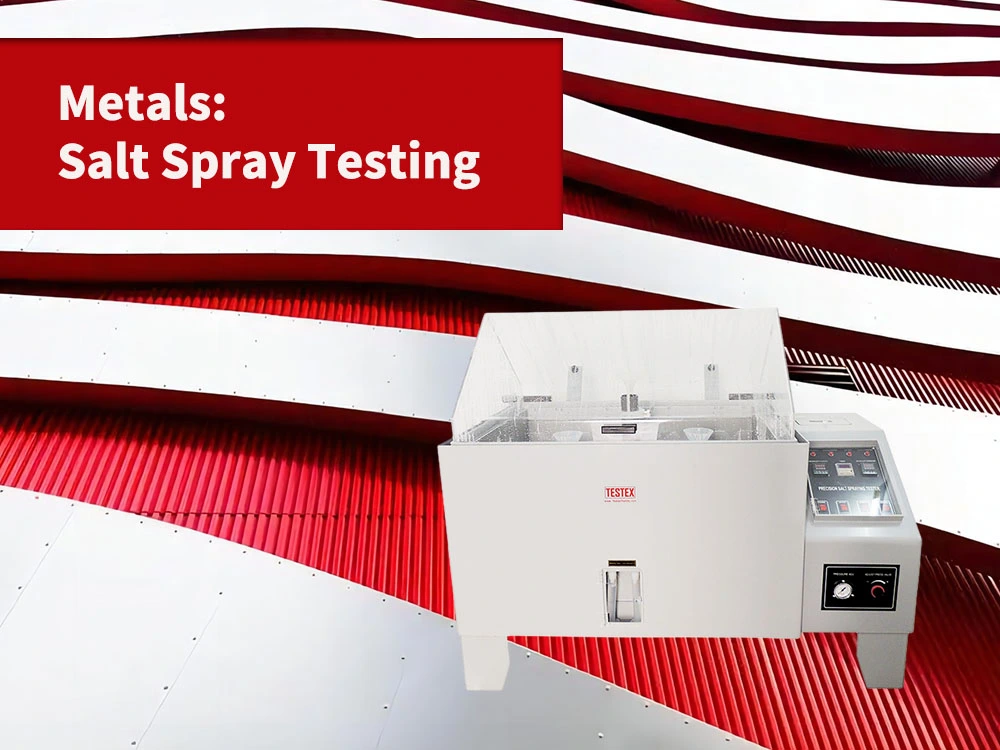Manufacturers produce auto glass sunshade film as a type of plastic film product, mainly using polyester film and going through processes such as body dyeing, injection of ultraviolet absorber, coating, and laminating. This material is highly favoured by consumers because of its excellent heat insulation and sun protection. Auto glass sunshade film on the car…
Science and technology are progressing. People use electronic products more frequently. So, they demand chip reliability more. Thus, aging tests are indispensable. Principle of chip aging test system The IC chip aging test system is based on the physics of electronic device aging. It simulates the chip’s long-term working environment for testing. During long…
Solar power systems depend on photovoltaic panels. The panels’ lifespan directly decides the systems’ performance and economic benefits. Testing PV panels is long-term. It is stable and reliable. It tests their materials, cells, construction, and performance. The goal is to assess their long-term stability and durability. Currently, we use two tests to test PV panel life. We…
In electronics, processing is complex and uses many materials. They can have both processing and component defects. These defects are obvious or potential. Obvious defects make the product not work, like short or broken circuits. Products with possible defects may be used temporarily. But, the defects will be quickly exposed in use. Then, the product…
Rubber products refer to natural and synthetic rubber as raw materials. Using rubber products produces many of them. This also includes using waste rubber to make new products. Rubber aging refers to changes in rubber and rubber products. These changes happen during their processing, storage, and use. A mix of internal and external factors causes them….
Researchers use an environmental test chamber to simulate various climates. Products may encounter them in the real world. Through the product’s physical and other related characteristics of the test, to determine whether the performance of the product meets the predetermined requirements, to ensure that the product still has good performance and reliability in extreme climatic…
Plastic degrades when people use, process, and store it. This happens due to things like light, oxygen, heat, radiation, smell, rain, mold, and bacteria. They destroy the chemical structure, which causes the original good performance to be lost. This is called aging. Plastic ages mainly shows in discoloration. It also shows in changes to physical,…
In electroplating, durability and how materials perform are of significant importance. In this article, let’s go into the details of UV aging test chambers. And, how important these chambers are in the electroplating industry.
Salt spray test results are usually judged by the degree of corrosion and weight loss on the surface. Less corrosion or less weight loss indicates better corrosion resistance of the metal. Specific judgement criteria can be determined according to the relevant norms, standards, and requirements.
In coatings and finishes, the durability of paints and varnishes plays a crucial role. This is significant for maintaining the aesthetic appeal and protection of surfaces. But exposure to various environmental factors can speed up the ageing process. These factors include UV radiation, leading to premature coatings degradation. It is vital to ensure the performance and reliability of paints and varnishes. For this, UV ageing testing chambers have emerged as an indispensable tool.









